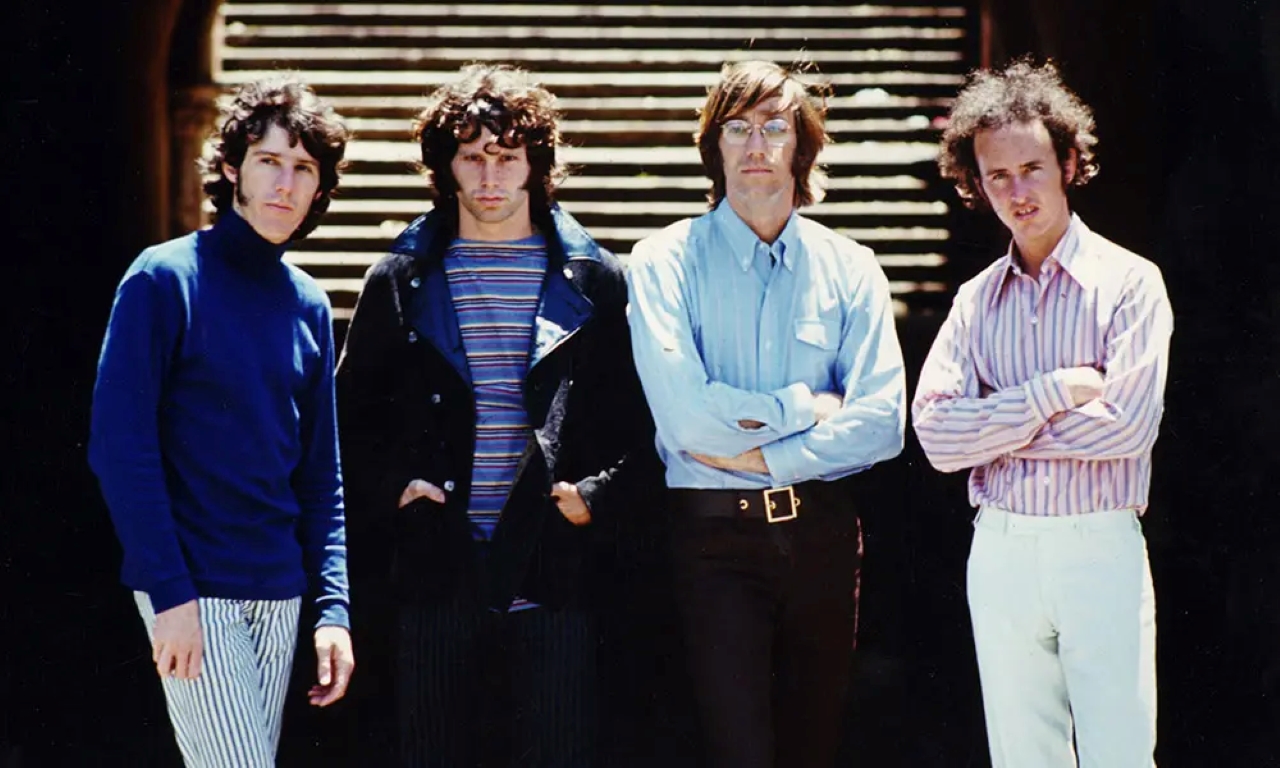🏙 1968 – America on Edge
By 1968, The Doors had become more than just a band; they were a symbol of rebellion and counterculture. America was tense — civil rights protests, Vietnam War demonstrations, and social upheaval created a backdrop of chaos and uncertainty.
Into this world came “Five to One”, a song that captured the anger, frustration, and audacity of youth. Written primarily by Jim Morrison, it was aggressive, raw, and unapologetic — a sonic middle finger to authority and conformity.

🖋️ Lyrics Born from Frustration
The title “Five to One” comes from a news story about the voting ratio of young people versus the establishment: five to one. Morrison turned that statistic into a rallying cry, a chant of rebellion against the older generation.
Lyrics like:
“Your ballroom days are over, baby…”
and
“No time to wallow in the mire…”
reflect the impatience and defiance of a generation demanding change. The song’s repetitive, almost hypnotic structure reinforced its mantra-like energy, inviting the audience to shout along and join the movement.
🎸 Raw, Aggressive Sound
Musically, Five to One is a departure from The Doors’ more melodic or psychedelic tracks. Robby Krieger’s guitar is distorted, rhythmic, and relentless. Ray Manzarek’s organ stabs punctuate the verses with urgency, while John Densmore’s drumming is steady, almost militant.
Morrison’s vocal delivery dominates the track — half chant, half growl — creating a sense of immediacy, as if the band is performing a battle cry rather than a song.
🔥 On Stage – The Explosive Power
When performed live, Five to One became legendary for its intensity. Morrison’s presence amplified the song’s rebellious aura. Audiences reported feeling both exhilarated and intimidated. Some claim the band could bring entire rooms to a fever pitch, with crowd members shouting the lyrics back, caught up in the momentum.
This song epitomized The Doors’ ability to turn concerts into emotional experiences — blending theater, poetry, and rock into one combustible package.
🎭 Symbol of Counterculture
Five to One wasn’t just a song; it was a statement. It reflected the frustration of youth against societal constraints, echoing the broader countercultural movement of the late 1960s. Morrison, always the spokesperson for rebellion, captured that spirit with precision — his lyrics a direct challenge to the old order.
It also cemented The Doors’ image as a dangerous, unpredictable band. While many of their contemporaries leaned into mainstream appeal, Five to One reminded listeners that The Doors still operated on their own rules.
📀 Legacy
Over fifty years later, Five to One is still considered one of The Doors’ most rebellious tracks. Its raw energy, provocative lyrics, and hypnotic repetition have influenced countless punk, rock, and alternative artists.
Bands and musicians cite it as a blueprint for channeling social frustration into music, proving that rebellion can be both artful and visceral.